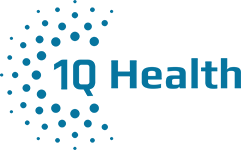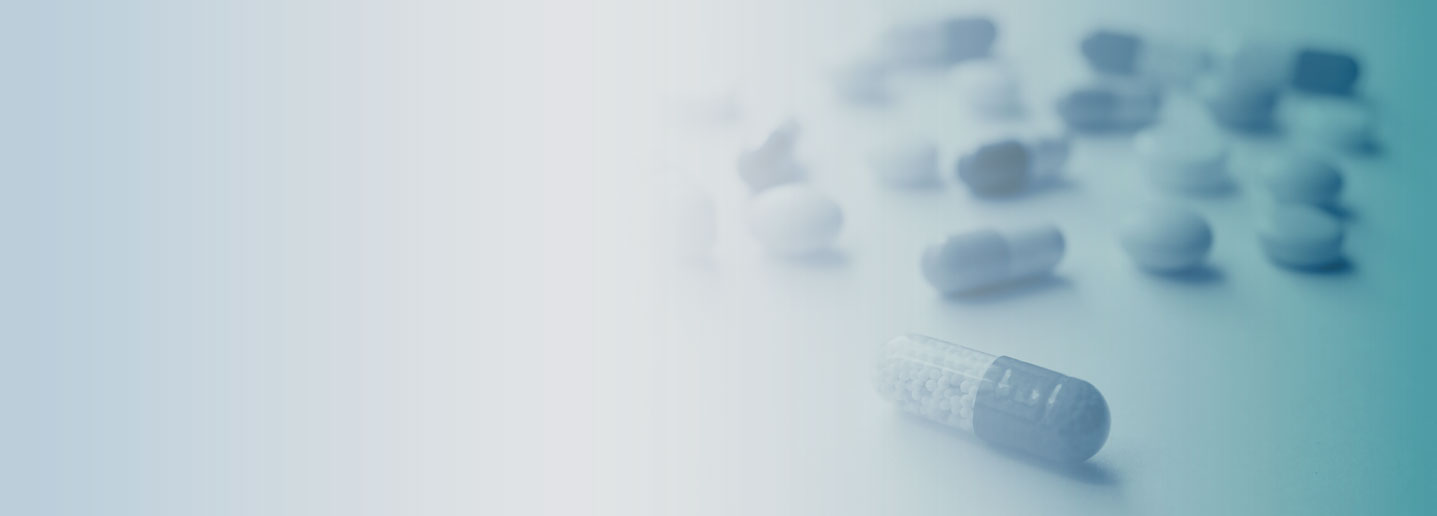VivaCell cell studies on 10 ingredients
An example of using cell studies in supplement development
The question "How does a cell study work?" is best answered by a real-life example.
When VivaCell first joined our group in April 2025, it was obvious we wanted to use their experience in testing our own ingredients, to show everyone how scientific research can be used in supplement development.
The team took ten ingredients under the microscope to study their true potential. As the team is specialized in inflammation studies, they decided to focus on two research questions related to it:
- Could these ingredients reduce existing inflammation?
- Could these ingredients activate the body's own immune system to protect against infections and inflammation?
Now, you might be asking "Why inflammation?"
Inflammation is an important topic to study, because there is barely any disease in which an inflammation in the body is not involved in. Diabetes, acne, psoriasis, depression... These just a couple of examples of common diseases associated with it.
Therefore, studying natural ingredients and developing products proven to alleviate inflammation, infections and boost the immune system could provide relief for millions of people.
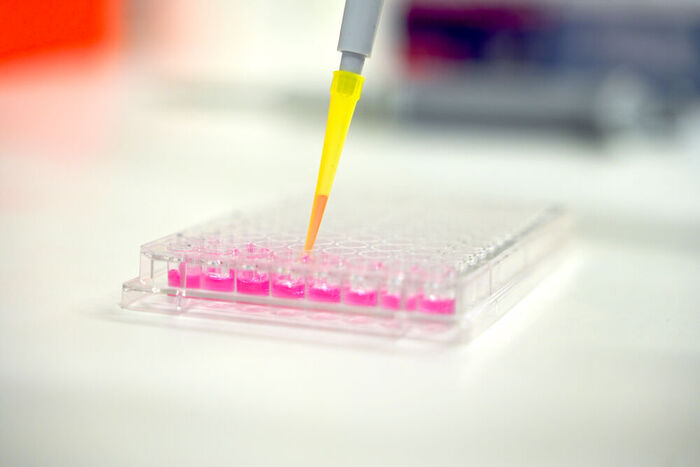
Tested ingredients and parameters
The ingredients that VivaCell tested were:
- Milk thistle extract
- Turmeric extract
- Grape seed extract
- Devil’s Claw extract
- Lion’s Mane (Hericium) extract
- Agaricus subrufescens extract
- Cordyceps CPA³ extract
- 3 × Probiotic Mix
The parameters they tested were:
- Cytokines IL-6, IL-1beta, TNF and IL-10
- The chemokine MCP1/CCL2, MIP-1β/CCL4 and IL-8
- Prostaglandin E2
The parameters explained
The VivaCell team chose these specific parameters for the test as they all play a role in an inflammation.
Cytokines are tiny proteins released by cells to help them communicate and control immune responses by acting on themselves, nearby, or distant cells.
There are pro-inflammatory cytokines:
- Interleukin 6 (IL-6): A protein that helps fight infections and injuries but can cause chronic inflammation if overproduced. We want to decrease this cytokine.
- Interleukin 1 beta (IL-1β): A molecule that triggers strong immune responses during infections and injuries. We want to decrease this cytokine.
- Tumor Necrosis Factor alpha (TNF alpha): A protein that helps the immune system kill harmful cells and fight infections, especially during inflammation. We want to decrease this cytokine
And then there are anti-inflammatory cytokines:
- Interleukin 10 (IL-10): An anti-inflammatory protein that helps calm the immune system by reducing the activity of other immune cells and inflammatory signals. We want to increase this cytokine.
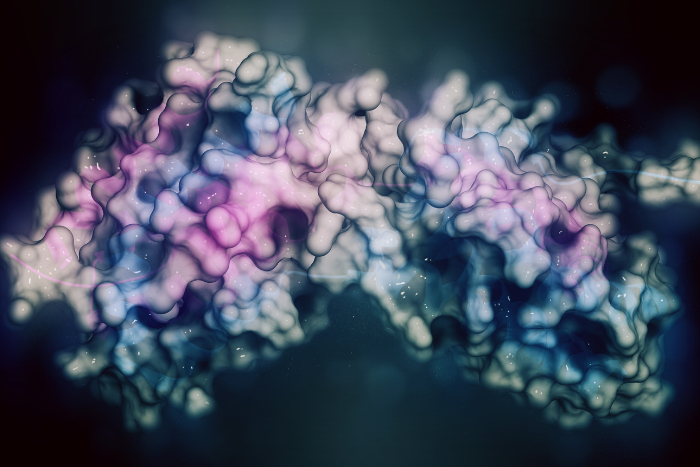
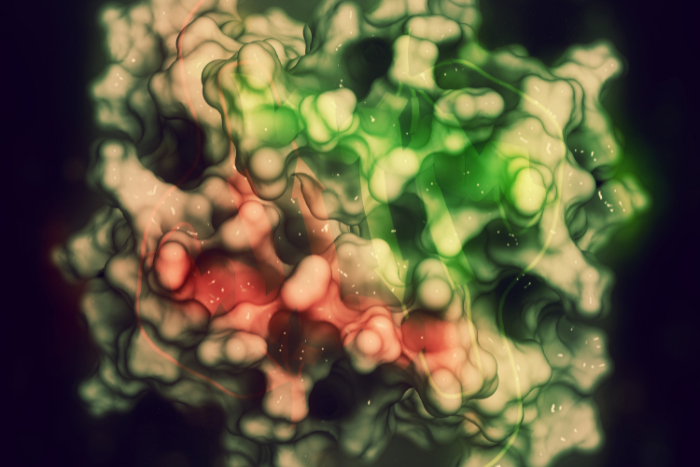
Chemokines are special proteins that guide immune cells like monocytes and lymphocytes to the site of infection or injury by acting like chemical signals.
- MCP-1/CCL2: A chemokine that guides monocytes and macrophages to areas of infection or disease. An increased level of MCP-1 is associated with greater disease severity. We want to see this reduced.
- MIP-1β/CCL4: A protein that draws in natural killer cells, monocytes, and other immune cells to damaged or inflamed tissue. We want to see this reduced.
- IL-8: Interleukin-8 (IL-8; in the image) attracts and activates neutrophils in inflammatory regions. We want to increase this chemokine in healthy conditions but decrease it during inflammation.
In addition to them, the team also tested for Prostaglandine E2 (PGE2). PGE2 contributes to pain, fever and inflammation and it can be blocked by over-the-counter (OTC) drugs such as aspirin, ibuprofen, naproxen, etc. We also want to see it reduced.
The results of the cell study
The team tested the effect of the 10 selected ingredients on the above-mentioned parameters in both healthy and (artificially) inflamed human blood cells.
So, which ingredients performed the best? The results are in:
- The turmeric extract and the medicinal mushroom extracts had the strongest anti-inflammatory effect on the inflamed cells, i.e. they caused the biggest reduction in the desired parameters
- The medicinal mushroom extracts also had an immunomodulatory effect on healthy cells, meaning that they can activate the body's own immune system.
- Grape seed and devil's claw extracts also showed significant anti-inflammatory effects.
- All three probiotics as well as the milk thistle exctract performed well
you can see the results of each extract in the slider below
Here's also a guide on how to read the graphics:
- LPS means an infection, i.e. an infected cell
- LPS + an amount on the x-axel, such as 10µg/ml, means that the infected cell has gotten a 10µg/ml dosage of the extract
- Control means how the different parameters are present in an healthy cell that is not infected
- For the medicinal mushrooms you'll first see the results on an infected cell and afterwards on an healthy cell
- The parameters on the graph's right side correspond on the parameters that were tested. From the graphs you can clearly see, which parameters were impacted the most at which dosages
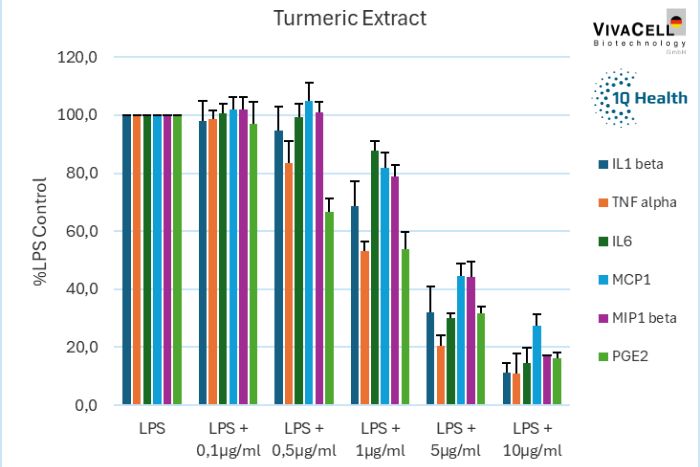

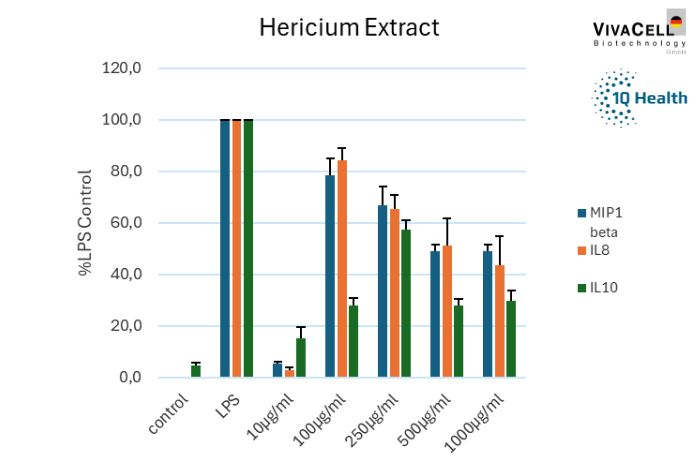
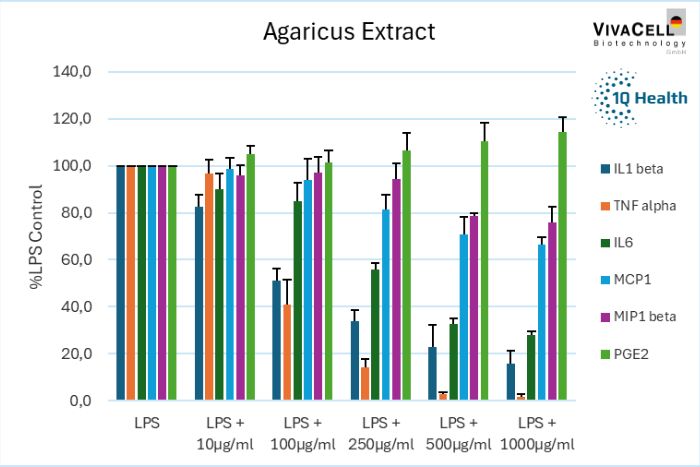
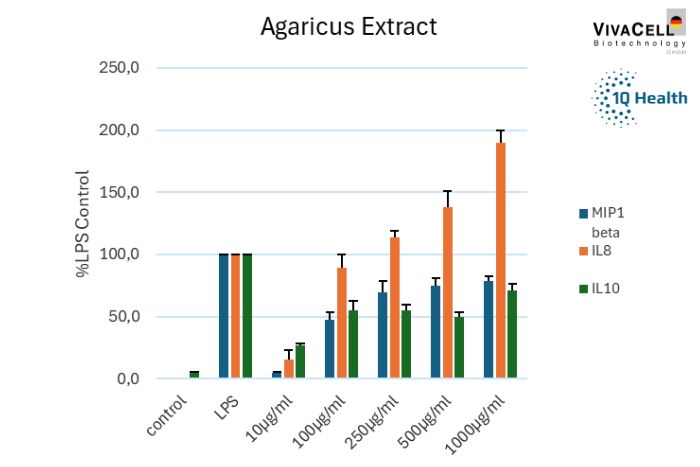
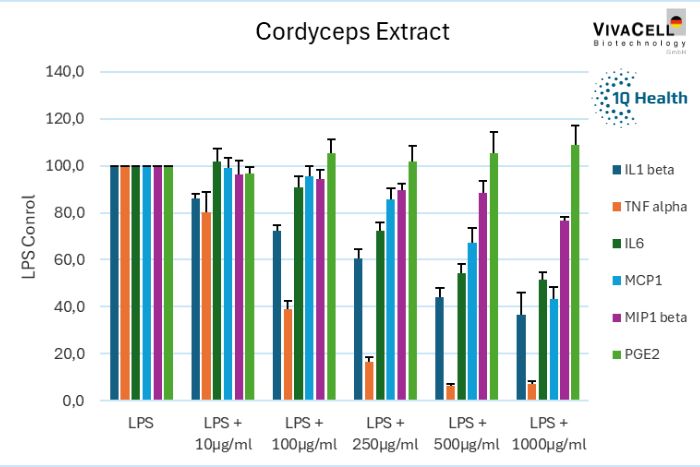


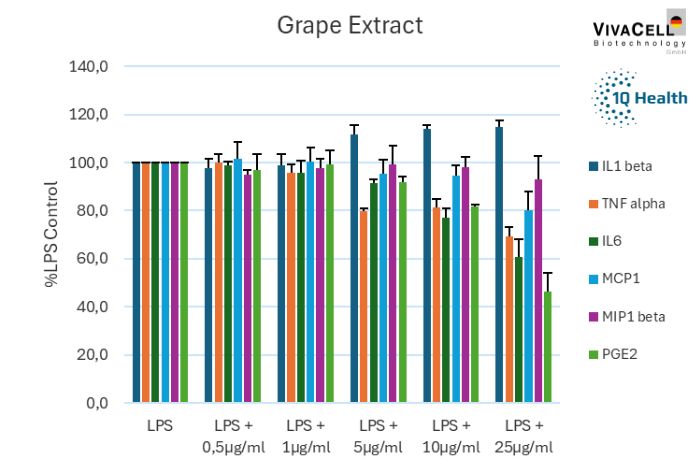

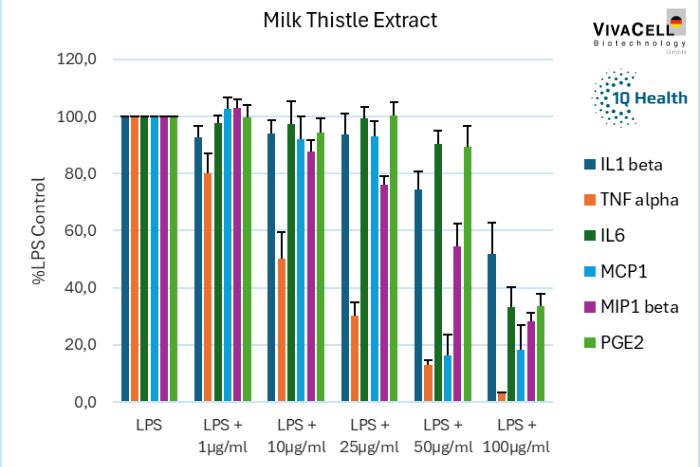
Interested in results like these?
Would you like to have similar results of your chosen ingredient, to scientifically prove its health benefits? Would you like to distinguish your product from competitors' products with that scientific evidence?
Then all you have to do is get in touch with us! Let us know which ingredient you'd like to test and for what health benefit and we'll take care of the rest.
© 1Q Health GmbH, Gewerbestraße 8, 82064 Straßlach
Source: https://1qhealth.com/VivaCell_Cell_Studies
